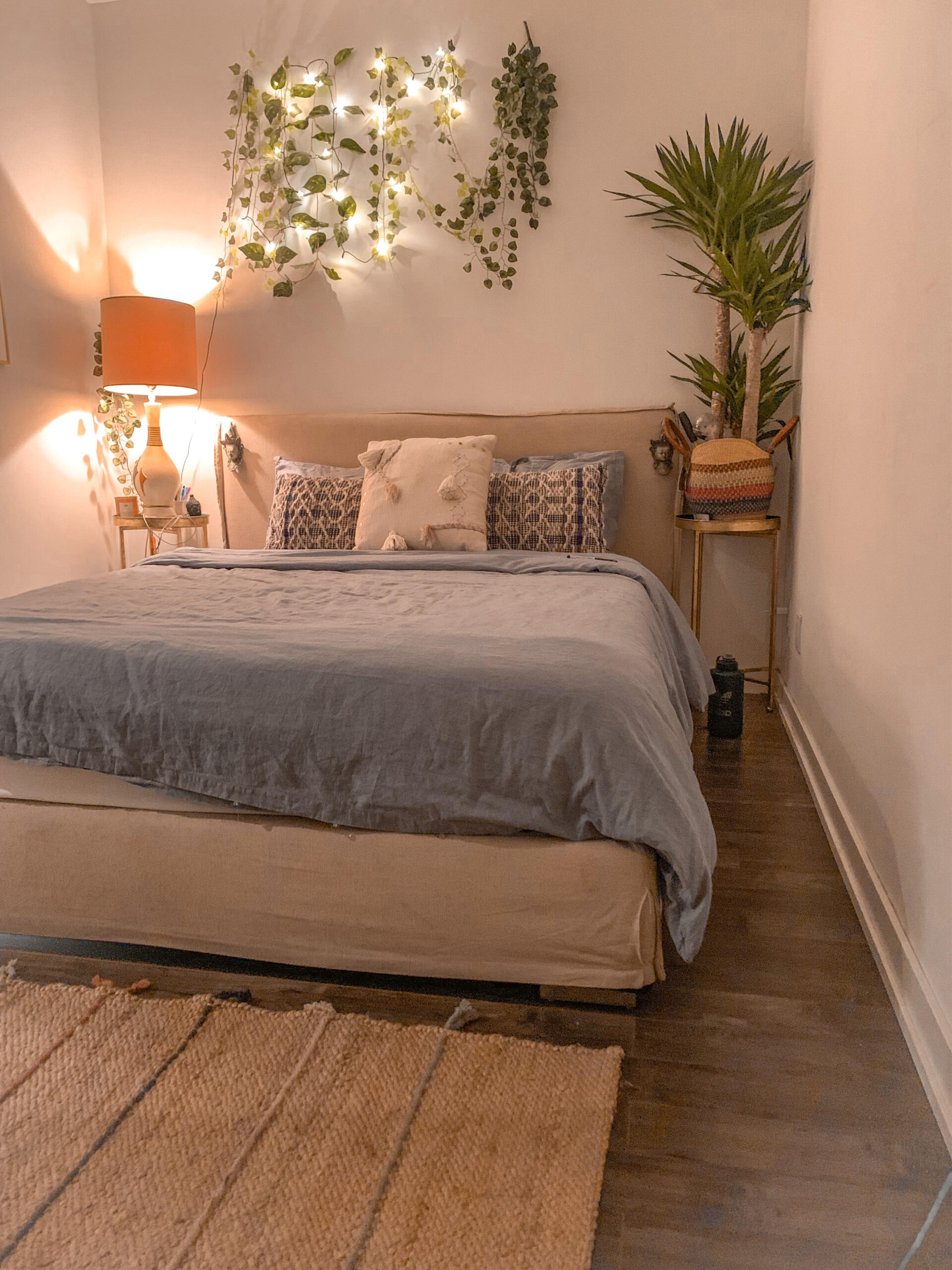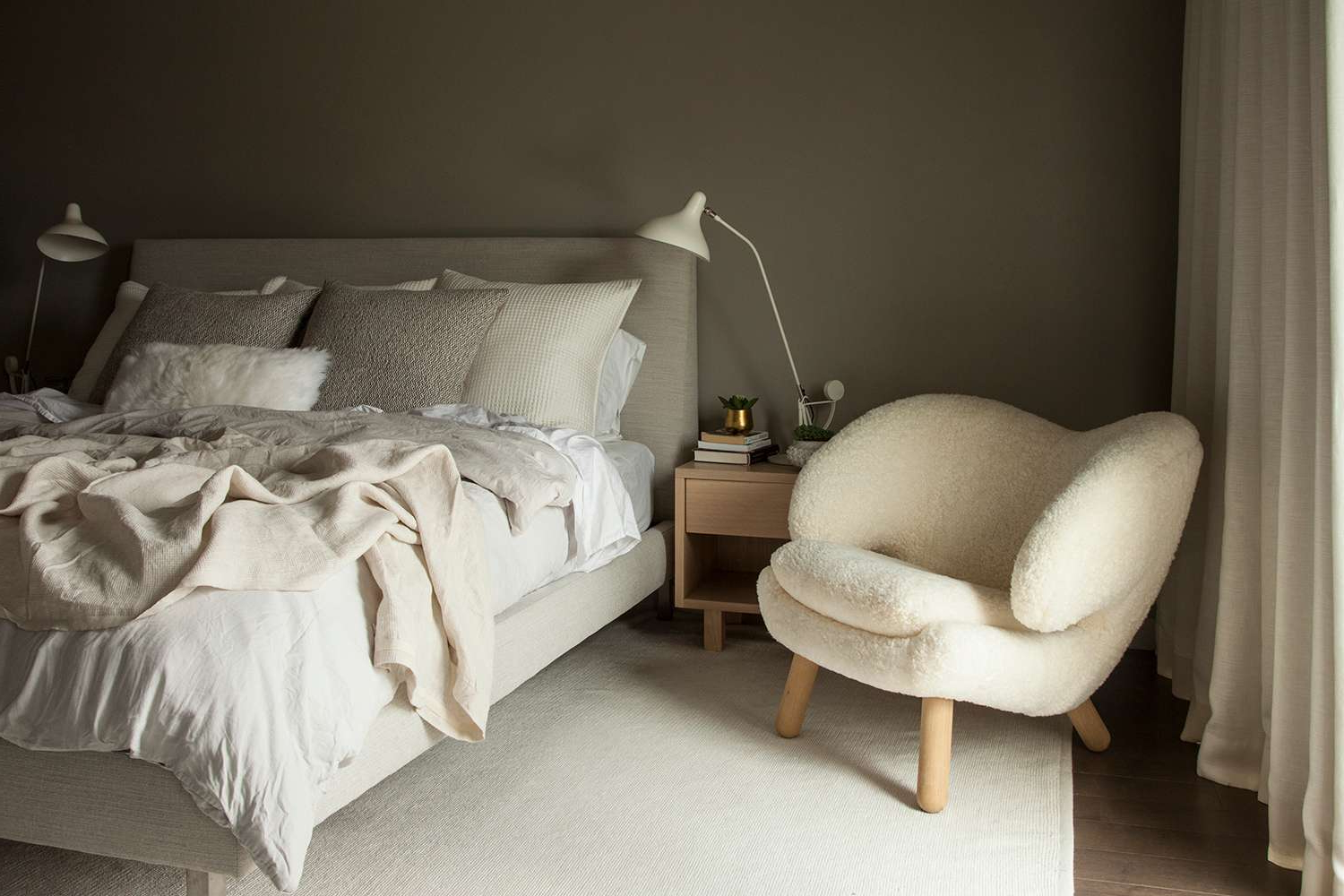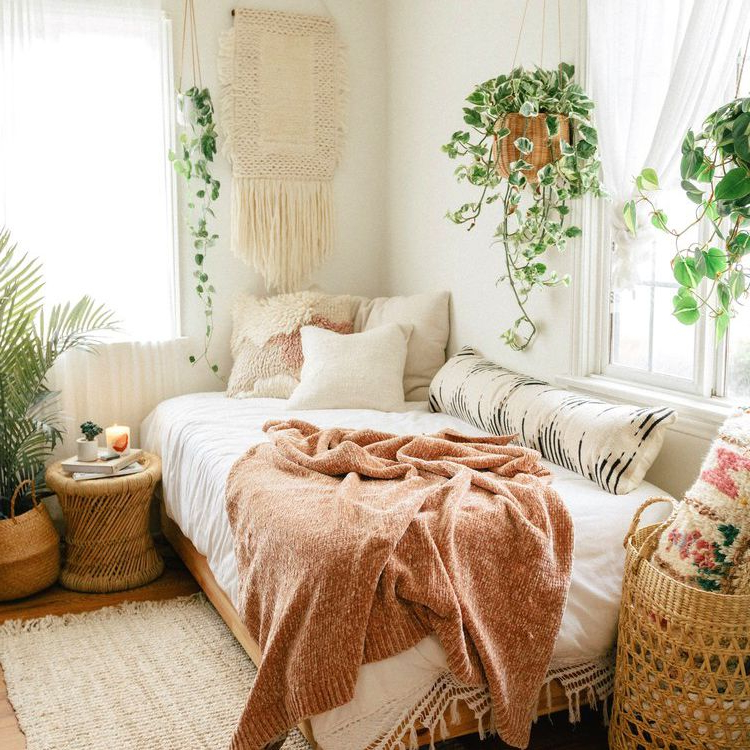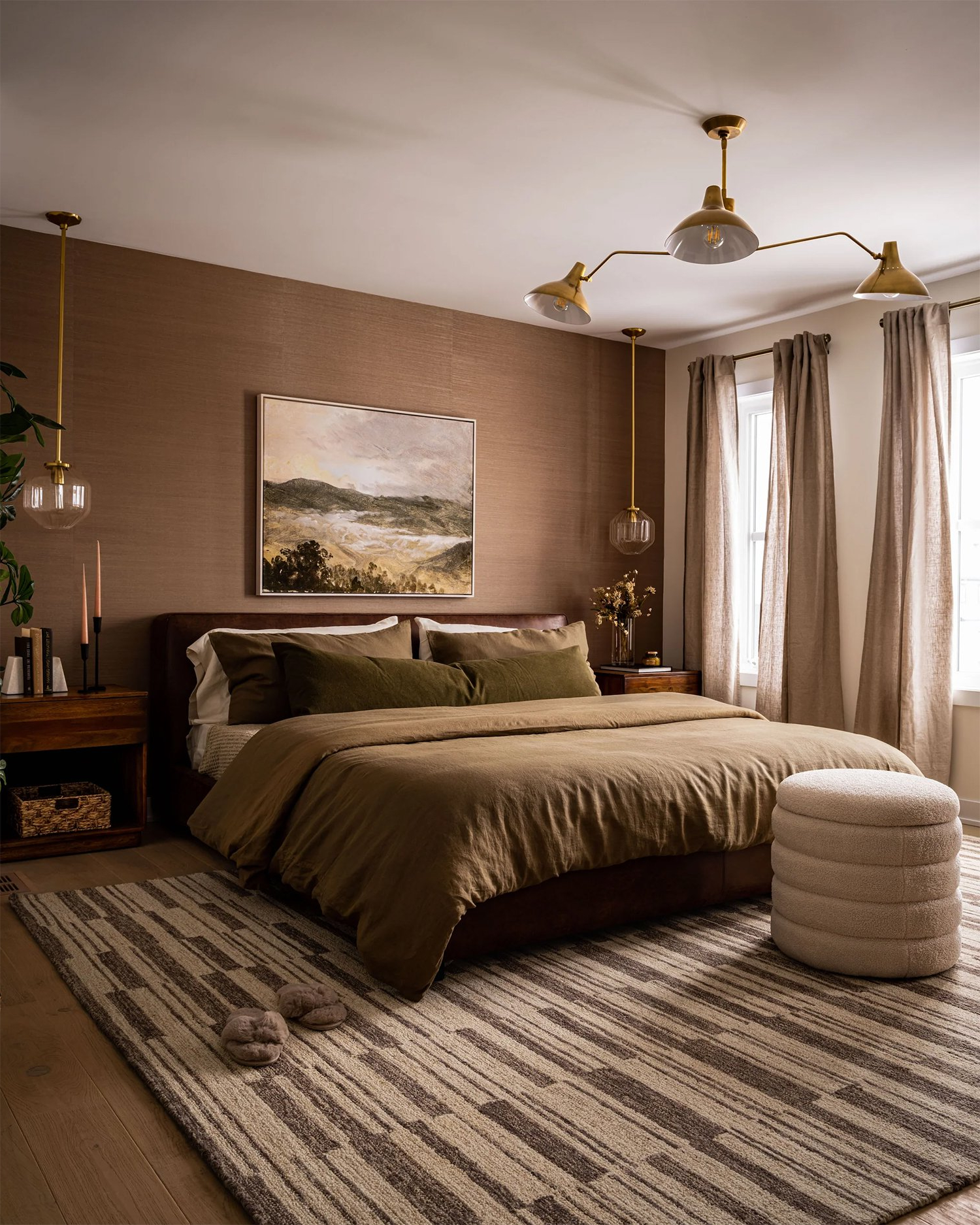There’s something magical about a bedroom that feels like a warm embrace. It’s the kind of space where you want to linger, where every corner invites you to relax and unwind. But making a bedroom feel truly cozy doesn’t require expensive renovations or major overhauls. Sometimes, it’s the small touches that transform a room from merely functional to genuinely comforting.
We all know what it feels like to walk into a bedroom that instantly makes us want to sink into bed. That feeling of comfort and safety, the gentle warmth that seems to radiate from the space itself. Creating this environment isn’t about having the most expensive furnishings or the fanciest decor. It’s about understanding how different elements work together to make a room feel like a true retreat. Whether you’ve just moved into a new place or simply want to refresh your current space, there are many simple techniques that can dramatically change how your bedroom feels.
Lighting: The Foundation of Comfort
Lighting sets the mood for everything else in your bedroom. Think about how different lights make you feel when you’re getting ready for bed or waking up in the morning. Soft, warm lighting creates a calm atmosphere that encourages relaxation. Try using dimmer switches to control brightness throughout the day. Table lamps with warm-toned bulbs work wonders for evening routines. You might even consider string lights or candles for that extra touch of coziness.
• Use layered lighting – combine overhead, table, and floor lamps
• Choose warm-colored bulbs (2700K-3000K) instead of cool white
• Add a bedside lamp that’s easy to reach
• Consider a dimmer switch for flexible ambiance
The right lighting can turn a cold, clinical space into a warm haven. When you’re trying to wind down, soft light helps signal to your brain that it’s time to relax. A few strategic lighting choices can make all the difference in how welcoming your bedroom feels.
Textures That Invite Touch
Our sense of touch plays a huge role in how cozy a space feels. The way fabrics feel against our skin can either make us feel relaxed or stressed. Incorporating different textures creates visual interest while also making the room more tactilely pleasing. Think about the difference between smooth sheets and plush blankets, or how a soft throw draped over a chair can make a big impact.
• Add a chunky knit blanket on your bed or sofa
• Include throw pillows in various fabrics like velvet, cotton, and linen
• Consider a plush area rug under your bed
• Hang a soft, textured wall hanging or tapestry
These elements don’t have to be expensive. Sometimes it’s the simple addition of a well-chosen throw that makes all the difference. The key is to layer textures so they complement each other rather than compete. A rough burlap pillow might look great next to a smooth silk one, creating an interesting contrast that feels intentional rather than chaotic.
Personal Touches That Tell Your Story
What makes a space feel truly yours? It’s often the little details that show who you are and what matters to you. These personal elements don’t have to be elaborate or costly. They could be photos of loved ones, a favorite book, or even just a plant that brings life to the room. When you surround yourself with things that have meaning to you, the space naturally becomes more comforting.
• Display family photos in creative frames
• Add books that inspire or entertain you
• Include items that reflect your hobbies or interests
• Place a small plant or flowers in a pretty vase
• Hang artwork that makes you smile
These items don’t need to follow any particular design rule. They just need to feel authentic to you. A collection of vintage postcards, a bowl of fresh fruit, or even just a comfortable reading chair can make your bedroom feel like a true reflection of your personality. The goal isn’t to decorate perfectly but to create a space that feels like an extension of yourself.
Color Choices That Promote Relaxation
Colors have power over our moods and emotions. In a bedroom, you want colors that promote rest and tranquility. Soft blues and greens are excellent choices because they’re associated with calmness and nature. Warm neutrals like beige or cream create a soothing backdrop that allows other elements to shine. Avoid bright, saturated colors that might energize rather than soothe.
• Choose soft, muted tones for walls
• Consider warm grays or sage greens for a calming effect
• Use accent colors sparingly for visual interest
• Test paint samples on your wall before committing
• Think about how colors look at different times of day
Remember that color affects how large a space feels too. Lighter colors can make a small bedroom seem bigger and airier. Darker shades create intimacy and warmth in larger rooms. The key is finding the balance that works for your particular space and lifestyle.
Comfortable Seating Areas
A bedroom isn’t just about sleeping – it’s also a place to relax, read, or maybe just sit quietly for a moment. Adding a comfortable seating option can completely transform how you experience the room. Whether it’s a small armchair, a window seat, or even just a cozy spot to put your feet up, having somewhere to rest your body creates a more inviting atmosphere.
• Add a comfortable chair near a window
• Create a reading nook with a small side table
• Consider a window bench if space allows
• Make sure seating is positioned for good lighting
• Include a small side table for books or drinks
Sometimes the most important part of a bedroom isn’t the bed itself but the spaces around it. A well-placed chair with good lighting can become your favorite spot to spend quiet moments. It might be where you read before sleep, or perhaps where you enjoy your morning coffee. Whatever the purpose, having a designated comfort zone makes the entire room feel more lived-in and welcoming.
Organizational Solutions That Keep It Clean
A clutter-free space is inherently more relaxing. But keeping things organized doesn’t mean sacrificing style. The trick is finding smart storage solutions that maintain visual harmony while keeping your bedroom neat and tidy. When everything has its place, it creates a sense of order that contributes to overall comfort.
• Use baskets or boxes for items you need to store
• Invest in a nightstand with drawers for small essentials
• Choose furniture with built-in storage when possible
• Keep only items you truly love or use regularly
• Create a simple system for organizing clothes and linens
Think of organization as a form of self-care. When you take time to keep your space clean and orderly, you’re giving yourself permission to feel more peaceful. It’s amazing how much better a room feels when you know exactly where everything belongs. This mental clarity translates directly into physical comfort. A clean, organized bedroom sends a message to your mind that it’s safe to let go of stress and focus on rest.
Creating a cozy bedroom isn’t about following trends or spending large amounts of money. It’s about understanding what makes you feel most comfortable and then building your space around those needs. Whether you’re drawn to warm lighting, soft textures, or personal items that tell your story, the key is to approach the process thoughtfully and intentionally. Remember that a truly cozy room reflects your personality while also serving your physical and emotional needs. Start with one element – maybe some new lighting or a comfortable throw – and build from there. The goal isn’t perfection but rather creating a space that feels like a true sanctuary where you can recharge and feel completely at home. After all, your bedroom should be the place where you feel most like yourself, surrounded by elements that support your well-being and daily rhythms.















